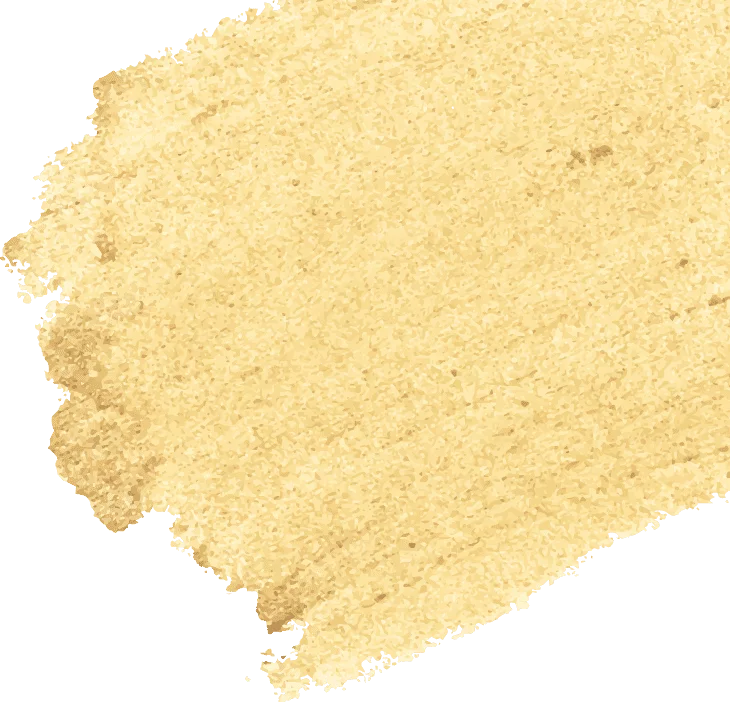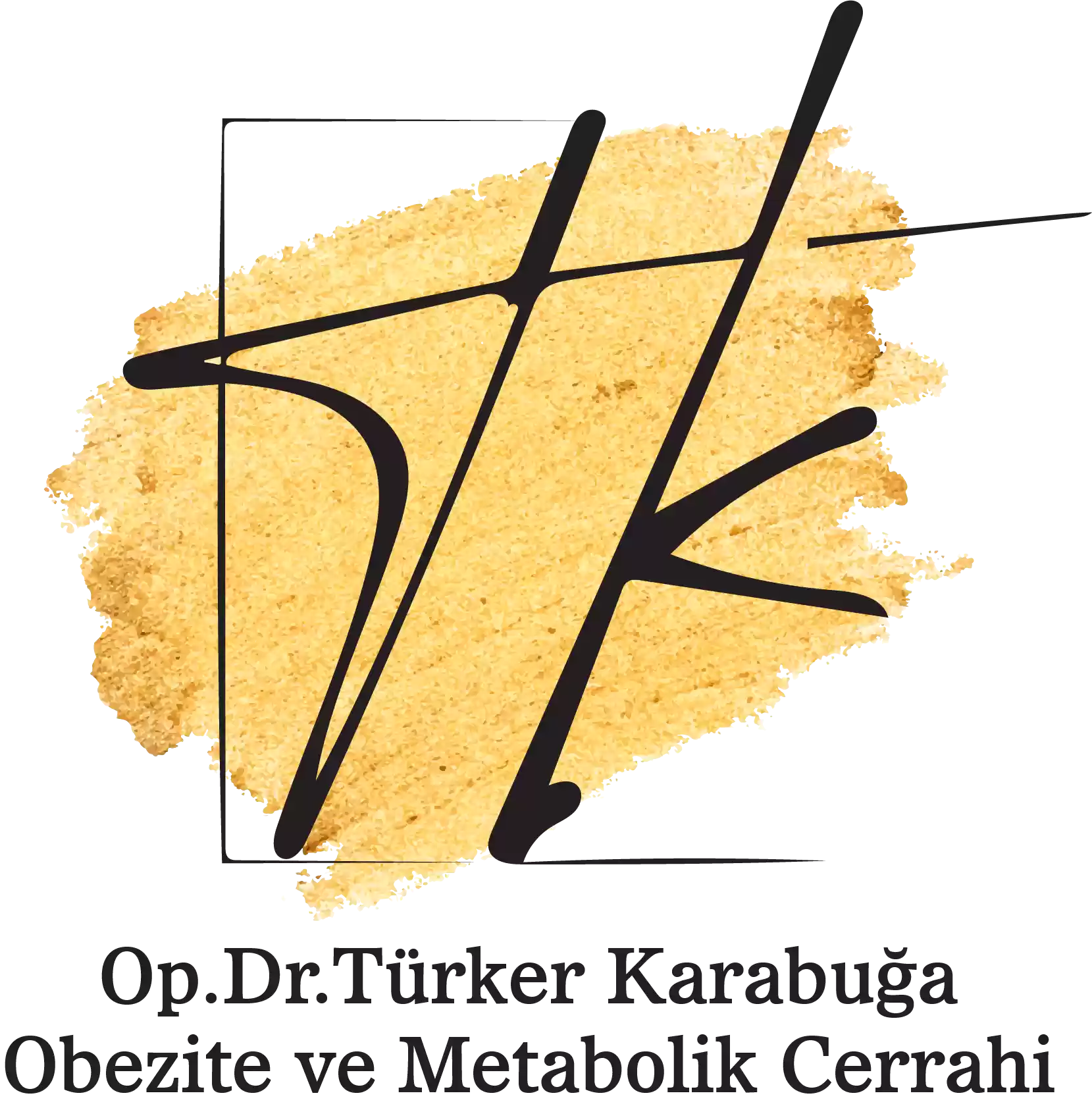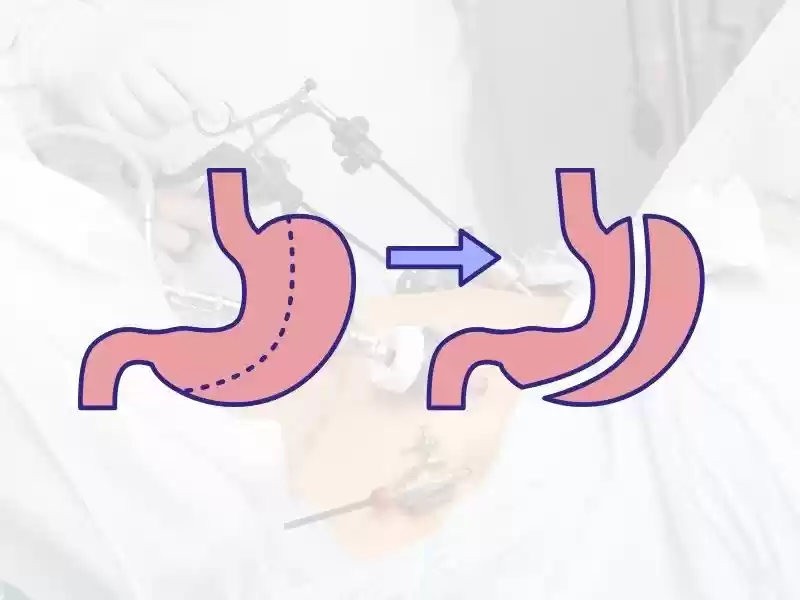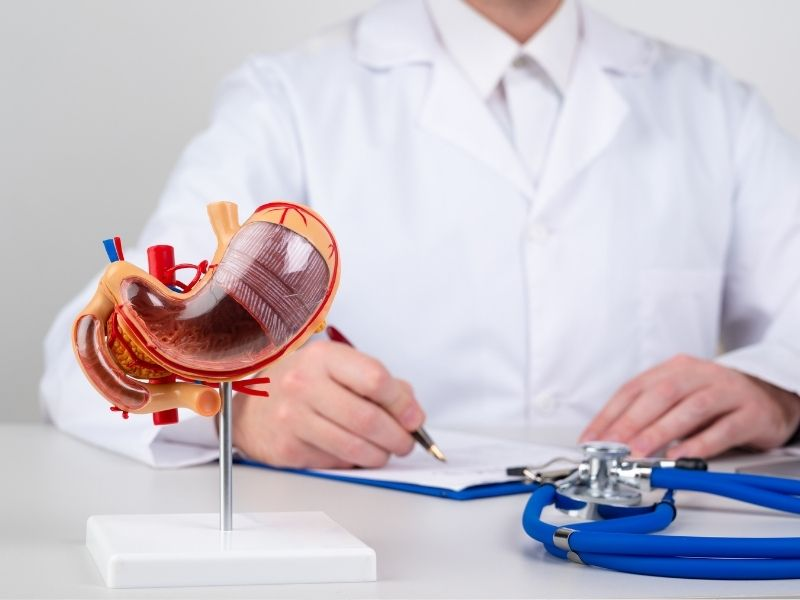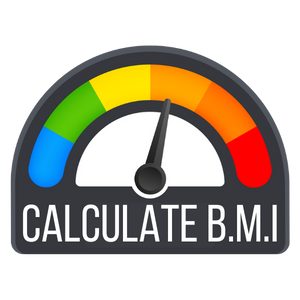Sleeve Gastrectomy:
Sleeve Gastrectomy, also called sleeve gastrectomy, is a surgical operation for weight loss. It is one of the most frequently applied bariatric surgery procedures. The operation generally reduces the volume of the stomach, restricting the food intake, and thus provides weight loss with reduced calorie intake. An incision and suture is applied laparoscopically (closed) starting from the region of the stomach called the antrum, extending along the staple line ending at the proximal sense angle. Approximately 80% of the stomach (which may vary depending on its size) is removed. The stomach that remains after the operation is likened to a tube because there is no dome, and for this reason, although it is called sleeve gastrectomy in medicine, it is popularly referred to as Tube Stomach Operation.
Apart from getting rid of excess weight, sleeve gastrectomy can also contribute to the improvement of the following conditions due to excess weight:
- Heart disease
- Hypertension
- high cholesterol
- obstructive sleep apnea
- type 2 diabetes
- Stroke
- Infertility
To Whom Is Tube Stomach Surgery Applied?
Those with a Body Mass Index (BMI) of 40 and above (morbid obesity),
Those who have a Body Mass Index (BMI) between 35-40 and have a health problem such as obesity-related diabetes, sleep apnea,
It is suitable for obese patients with a Body Mass Index (BMI) between 30-35 and those who have serious health problems due to obesity and whose living standards are affected by their excess weight.
Even for patients who meet the above criteria, the type of operation and its necessity are decided together with the patient in line with the recommendations of the surgeon who will perform the operation.
After Tube Stomach Surgery
In the post-operative period, adequate energy and nutrient intake is important to support weight loss and tissue healing. In addition, while the consumed foods support weight loss, the patient should minimize the occurrence of reflux, heartburn, nausea, early satiety and dumping syndrome that may occur after obesity surgery.
Dietary phases (clear liquid, liquid, puree, soft and solid), protein intake, fluid requirements and vitamin mineral supplementation are among the priority requirements in the nutrition of postoperative obesity surgery patients. A low-sugar clear liquid diet can usually be started within 24 hours of any bariatric surgery. However, the progress of this diet and nutritional procedure should be evaluated by the doctor and dietitian. The protein requirement of the patient is individual and should be planned by the dietitian according to gender, height and age. It is recommended that the patient take an average of 60-80 g of protein or 1-1.5 g/kg of protein during the day.
Clear liquid diet (post-operative day 2): It is used as the first step in nutrition after obesity surgery. According to the results of the leak test performed 24-48 hours after the operation, with the approval of the surgeon performing the operation, the patient starts to be fed with sugar-free or low-sugar clear liquids (apple juice, diluted buttermilk, meat/chicken broth...) and water. Fluids in a clear liquid diet should be at body temperature and have minimal gastrointestinal residue.
Liquid Diet (post-operative Days 3-12): The liquid diet is more textured and has a higher gastric residue than the clear liquid diet. During this period, more viscous liquids such as milk and dairy products, supplementary protein powders can be started, while care should be taken to ensure that all liquids are homogeneous and free of grains. For this purpose, it is important to consume granular, lumpy liquids after they have been thoroughly filtered through a tight cheesecloth.
Liquids that can be used in the liquid period;
- protein powder
- lactose-free milk
- Plant-based milks such as soy milk, almond milk
- Diluted buttermilk made with lactose-free yogurt
- diluted kefir
- Meat/chicken stock (clear soups made from meat/chicken stock)
- yogurt juice
- Whey
- Reconstituted unsweetened, organic fruit juices (should not be acidic)
- Decaffeinated herbal teas such as linden
Fine Puree Diet (post-operative days 13-22): In this period, the foods should be blenderized and have the consistency of baby food-boza. Consumed foods should not contain foods that can increase stomach acid such as spices, onions, tomato paste. Protein intake should be at the forefront, but in addition to protein, fruit or vegetable purees can be added. During this period, the patient should begin to practice solid-liquid separation and should maintain the rule for life.
In addition to the liquid period, the foods that can be consumed during this period are;
- Cheese
- Egg
- Yogurt (home yoghurt, strained yoghurt or probiotic yoghurt)
- Boiled vegetable purees
- fruit purees
- Double minced meat
Puree period (23-32 days): In the puree period, which consists of more viscous foods compared to the fine puree period, it will be sufficient in terms of consistency to mash the foods with the back of a fork without the need to pass the leftover food through the blender. Although the consistency of the food increases, the patient's chewing the food thoroughly, consuming it by waiting between small bites and bites also improves gastric tolerance.
important for the mess. Consumed foods should not contain foods that can increase stomach acid such as spices, onions, tomato paste.
In addition to the fine mash period, the foods that can be consumed during this period are;
- Soft-fleshed fish such as grilled/steamed fish or tuna
- Mince
- chicken legs
- Unpeeled raw cucumber
- Curd cheese
Solid nutrition (1st month and later):
After the 30th day, in line with healthy nutrition recommendations, the consumption of raw vegetables and other solid foods is encouraged and planning is made depending on the tolerability of the patient. The patient's compliance with the nutrition list planned according to his daily protein needs is also important in terms of weight loss and adaptation to the process without experiencing problems such as reflux, heartburn, and dumping.
What is Tube Stomach Surgery Duration?
The average operation time is 45 minutes. The duration of the operation may vary depending on the experience of the surgeon performing the operation, the surgical technique and the size of the stomach. After making the necessary checks, the doctor can give detailed information about the duration of the operation.
Gastric Sleeve Surgery Prices 2023
People who decide to have surgery should compare hospital and performance while doing research. You can contact our institution at any time to get detailed information about our tube stomach prices. You can contact us for information about tube stomach surgery prices 2023.
How Much Weight Do Patients With Gastric Sleeve Gastrectomy Lose?
After bariatric surgery, each patient's weight loss rate varies depending on factors such as initial weight, comorbidities and age that affect the metabolic rate.
But approximately
10% of their starting weight in the first month,
10% of their initial weight between months 1-3
About 10% of their initial weight between 3-6 months
Between 6 months and 1 year, they are expected to lose 1o% of their initial weight and reach or approach their ideal weight.
For example, a patient entering surgery with 100 kg,
-10 in 1 month
-10 between months 1-3
-10 between 3-6 months
Between 6th month and 1st year, he loses -10 kg and reaches 60 kg within 1 year.
Until How Old Is Gastric Sleeve Gastrectomy Done?
Obese individuals between the ages of 18-65 and who do not have any health problems that prevent surgery during check-ups are considered suitable for bariatric surgery.
What is the Return to Normal After Gastric Sleeve Gastrectomy?
Since the operation is performed laporascopically, the normalization process is very fast and comfortable. In closed surgery, the muscles and tissues in the abdominal region are not damaged. In this way, the patient returns to normal life in a short time. On the first day, the patient is mobilized and can stand up. After 24 hours, the drains are removed and the patient is discharged. Pain in the form of mild tingling and pressure is relieved with medication.
Are There Scars After Gastric Sleeve Gastrectomy?
In laparoscopic application, 4 1-centimeter thin incisions are made in the abdomen. These incisions are entered with a camera device. After the surgery, the incisions fade within 2 months with effective wound care. There is no scarring. If complications develop, the scar cannot heal sufficiently and a scar remains. Therefore, postoperative care is important.
Is There Pain After Gastric Sleeve Gastrectomy?
Thanks to the developing technology and changing surgical techniques, surgical operations are performed with minimum tissue damage as much as possible. In the closed gastric sleeve procedure, the abdominal area is not damaged. Therefore, the patient's pain is almost negligible.
Are Vitamins and Minerals Supplemented After Gastric Sleeve Gastrectomy?
Regular doctor controls are performed after the operation. If any problems are encountered in the body values in the blood tests performed during these controls, vitamin and mineral supplements are started.
However, if the patient is healthy and his/her body stores are full, no supplements are needed. People who cannot get enough vitamins due to decreased absorption of food start to feel weak. People who experience severe fatigue in the first six months can start vitamin supplements after a doctor's check-up.
How Many Days Will I Stay in the Hospital After Gastric Sleeve Gastrectomy?
The duration of hospitalization depends on the patient's pain threshold and the success of the operation. People who have a short operation period and do not develop complications are hospitalized for a minimum of 2 nights after the operation. After 24 hours, the mouth is opened with the leakage test and patients are not discharged.
In such cases, you can consult your doctor before surgery to avoid being victimized. Gastric sleeve gastrectomy is not a procedure that requires long hospitalization. Your doctor will inform you about how long you need to stay after the necessary controls.
Does SSI Cover Gastric Sleeve Gastrectomy?
Aesthetic operations are not covered by the SSI because they are performed at the special request of the person and are not considered a health problem. Since weight problems cause metabolic damage to the human body, the gastric sleeve is covered by the state under certain conditions.
Those with a body mass index of 40 and above and those with weight-related hypertension and diabetes can request payment of the surgery by the SSI.
When Do Stitches Heal After Gastric Sleeve Gastrectomy?
During the operation, stitches are applied from both inside and outside the body. The internal stitches are applied to protect the new shape of the stomach. These stitches require 15 days to heal. Small incisions on the outside heal in a period of 1 week. It takes 1 month for the stitches not to leak and for complete healing.
